Introduction: In this article, Gena Philibert-Ortega examines census records from 1900-1950 to show how marital status has been reported. Gena is a genealogist and author of the book “From the Family Kitchen.”
In Part 1 of this article, we looked for clues to matrimony information found in the first census enumeration, from 1790, to the 1880 census (most of the 1890 census, unfortunately, was destroyed in a fire in 1921). In this article, we conclude our analysis of marital status in the census with 20th century census enumerations (1900-1950).
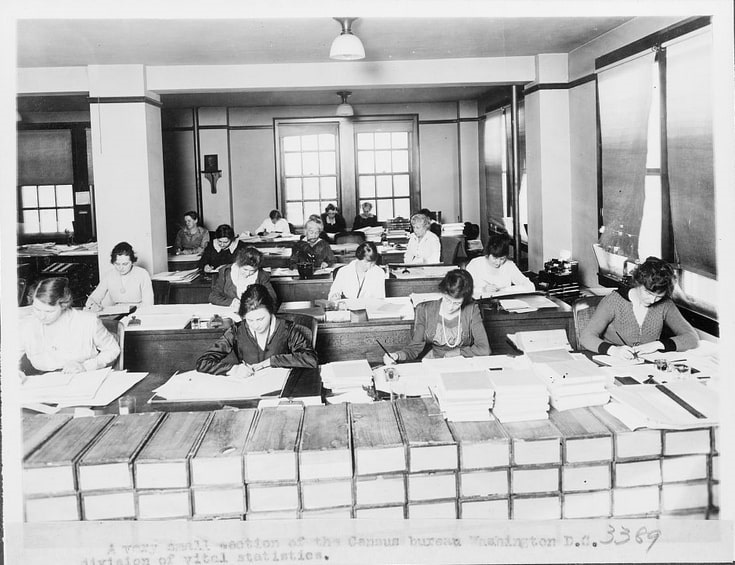
Census information about our ancestor’s marital status can lead us to additional records such as marriage licenses, marriage certificates, notices in historical newspapers, and even divorce records.
What can we learn about your ancestor’s state of matrimony (or lack thereof) in the census? Here’s a look at clues to marital status in the census and what that year’s census does (and does not) tell us.
1900 U.S. Census
This census includes the relationship to the head of household, marital status, and number of years married.
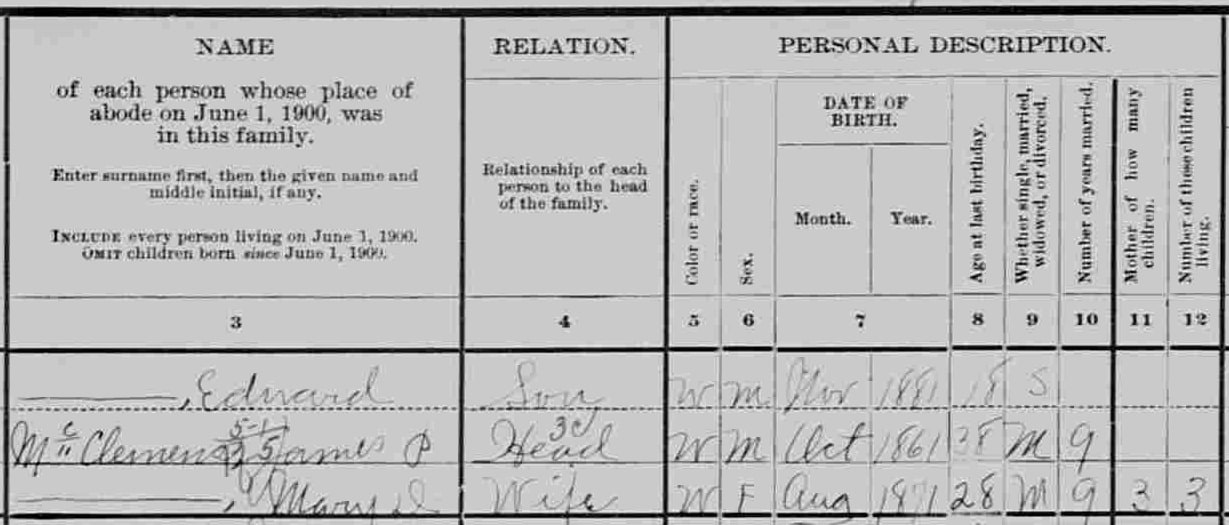
A look at the enumerator instructions specifies this is for the current marriage “and need not be for widowed or divorced persons.” Note: 1900 Census enumerator Instructions at https://www.census.gov/history/pdf/1900instructions.pdf. All census enumerator instructions are found on the Census Bureau website: https://www.census.gov/history/www/through_the_decades/census_instructions/1900instructions.html.
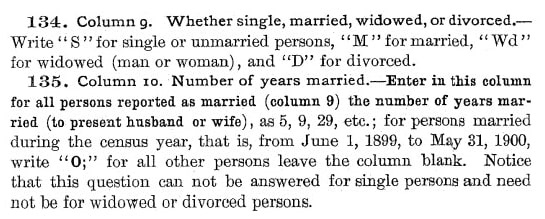
Also, take a look at the columns in the 1900 census that specify “Mother of how many children” and “Number of those children living.” Obviously, you can have children without being married but a large number of children for a couple that are only married a few years might be a clue to a previous marriage.
1910 U.S. Census
Similar to the 1900 census, the 1910 census asks:
- the relationship to the head of household
- whether single, married, widowed, or divorced
- number of years of present marriage
- mother of how many children: number born
- mother of how many children: number now living
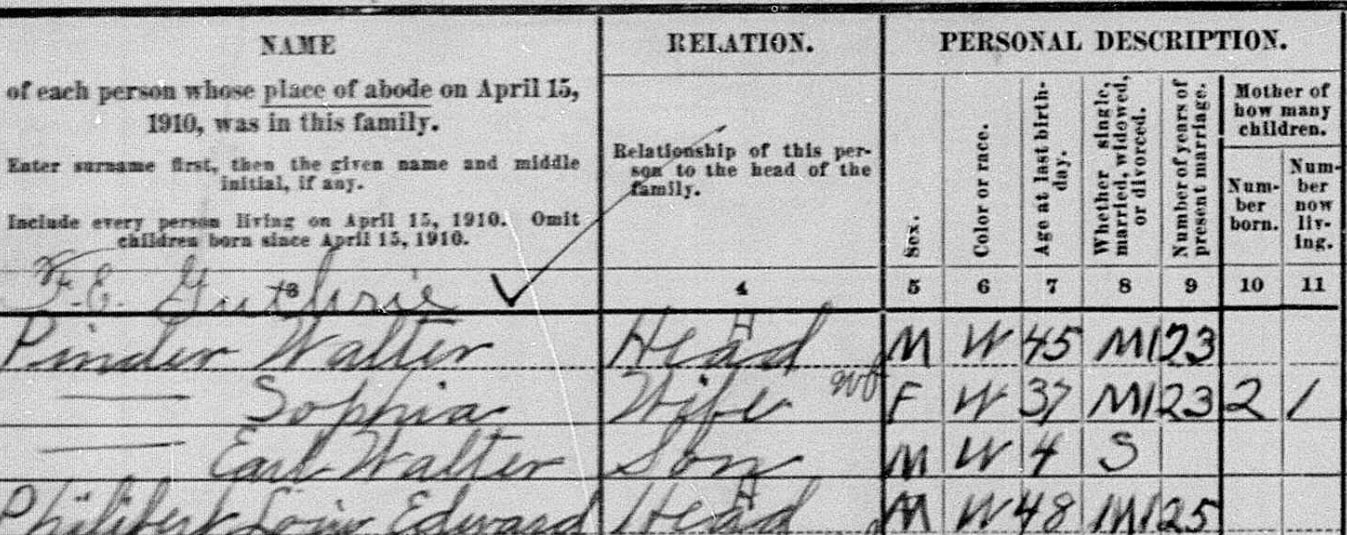
1920 U.S. Census
In addition to the relationship to the head of household and marital status, pay attention in the 1920 census to the two columns for immigration/naturalization. Specifically, the latter column that asks if the person is naturalized or an alien. Why? If you have an American-born woman who is marked as an alien, that means from 1907 to 1920 she married a non-U.S. citizen and lost her U.S. citizenship. Starting with the Cable Act in 1922, she could have eventually repatriated but that involved either naturalization procedures or court procedures.
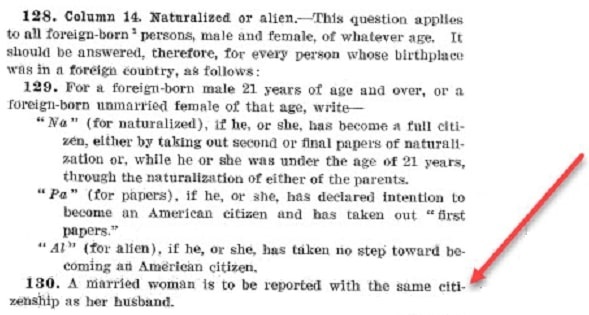
1930 U.S. Census
Marriage-related questions in the 1930 census include relationship to the head of household, marital status and age at first marriage. Note that “age at first marriage’’ might not be the current marriage at the time of the census enumeration.
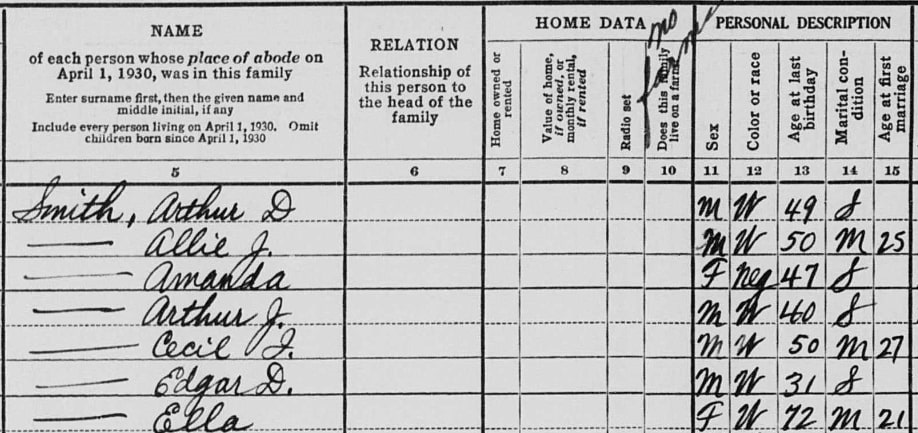
1940 U.S. Census
Like previous censuses, the 1940 census asks the question about the relationship to the head of household and marital status. This census includes an x in a circle to indicate who is the informant for the information. This helps us determine how accurate it may be. For example, in the Philibert family shown below, husband Arthur Philibert is listed as the head of household, but his wife Angelina has a small encircled x (admittedly, rather sloppily drawn – I had to enlarge it to see it clearly) after her name: she is the one who gave the information to the enumerator.
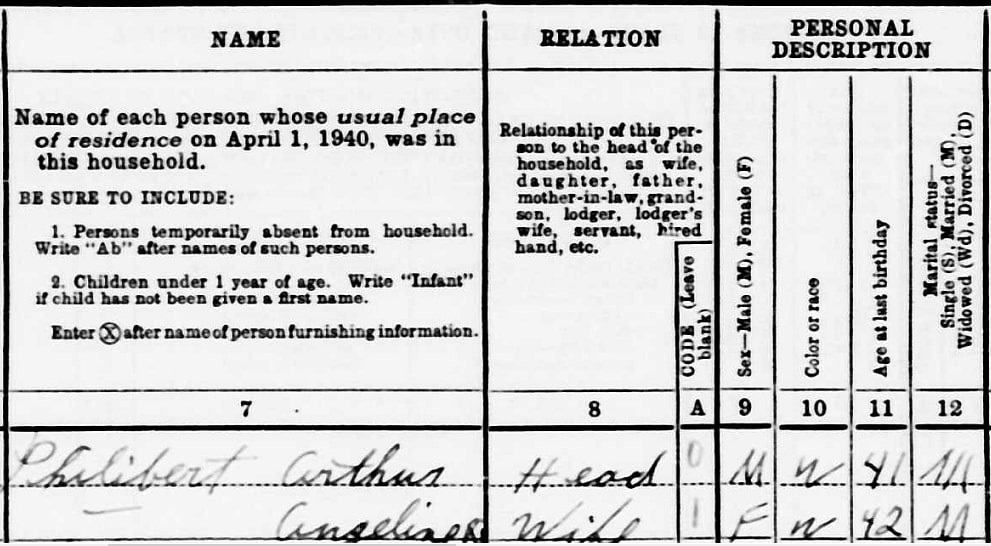
The 1940 (and 1950) censuses have additional supplemental questions asked of a sample of those enumerated. For those women who answered the supplemental questions (two per census page in 1940), be on the lookout for these questions:
Veterans
- Is this person a veteran of the United States military forces; or the wife, widow, or under-18-year-old child of a veteran?
For married women
- Has this woman been married more than once? (Yes or No)
- Age at first marriage
- Number of children ever born (do not include stillbirths)
1950 U.S. Census
The 1950 census is not yet fully indexed by FamilySearch, but some records are available now, and include the columns that ask the relationship to head of household and marital status.

Those women ages 15 and over and answering supplemental questions on the 1950 census were asked:
- If ever married, has this person been married before?
- If married, widowed, divorced, or separated, how many years since this event occurred?
- If female and ever married, how many children has she ever borne, not counting stillbirths?
What Does the Census Say about Your Ancestor?
One of the mistakes we make as researchers is quickly going through the census and not taking the time to really study it. Make sure that you are familiar not only with all of the census questions but also the enumerator instructions. You can find blank census forms on the FamilySearch Research wiki. These provide an easier way to read what the questions are and to transcribe your ancestor’s answers, married or not.
Remember that GenealogyBank includes the U.S. Federal Census as one of its collections.
Explore over 330 years of newspapers and historical records in GenealogyBank. Discover your family story! Start a 7-Day Free Trial.
Note on the header image: Seal of the United States Bureau of the Census. Credit: United States Bureau of the Census; Wikimedia Commons.
Related Article:
